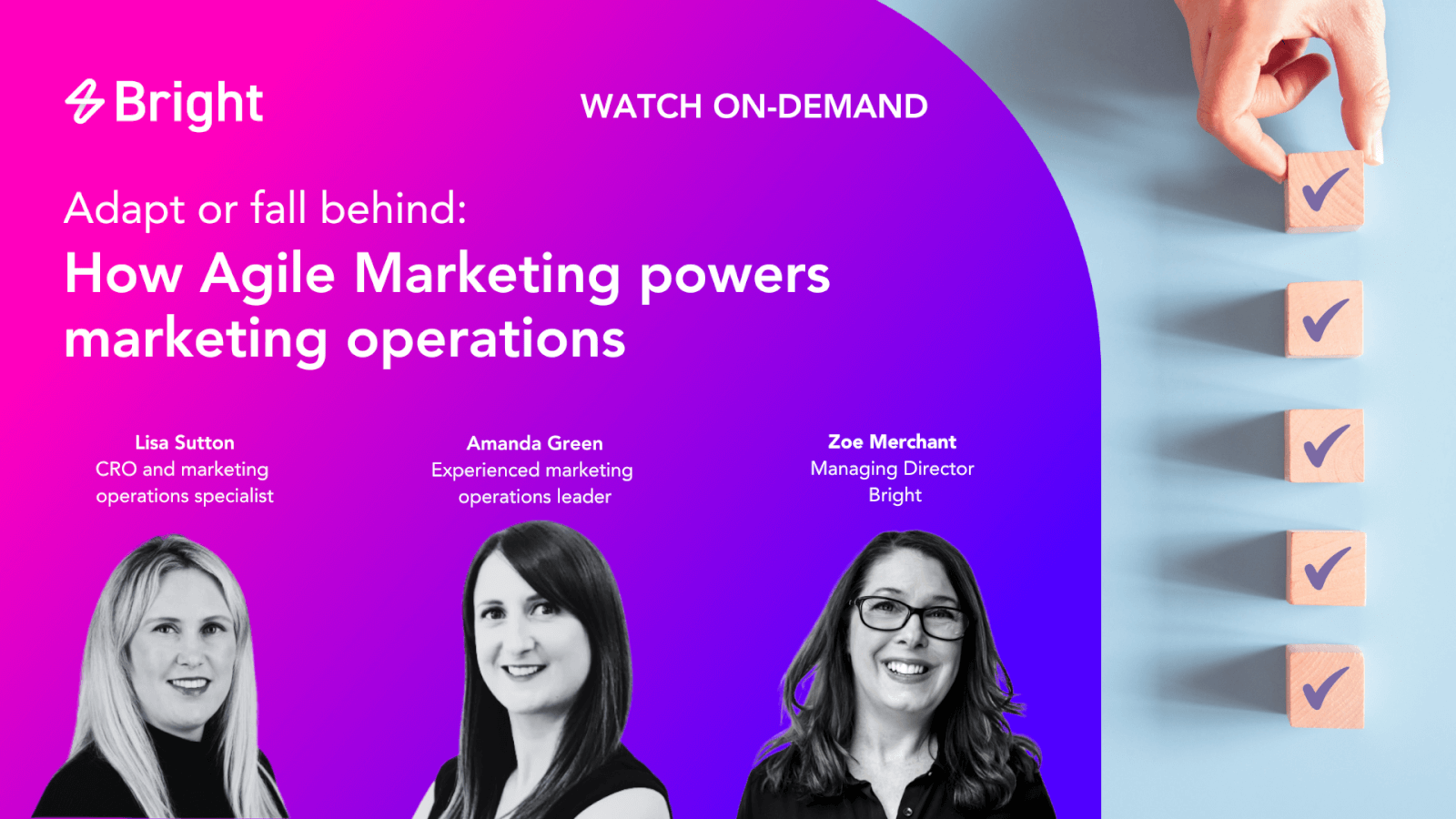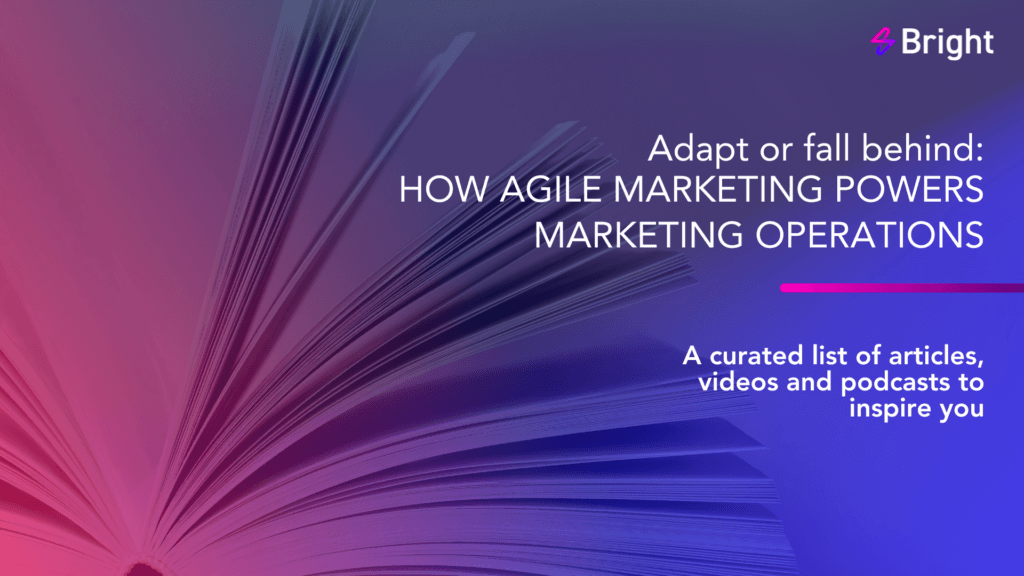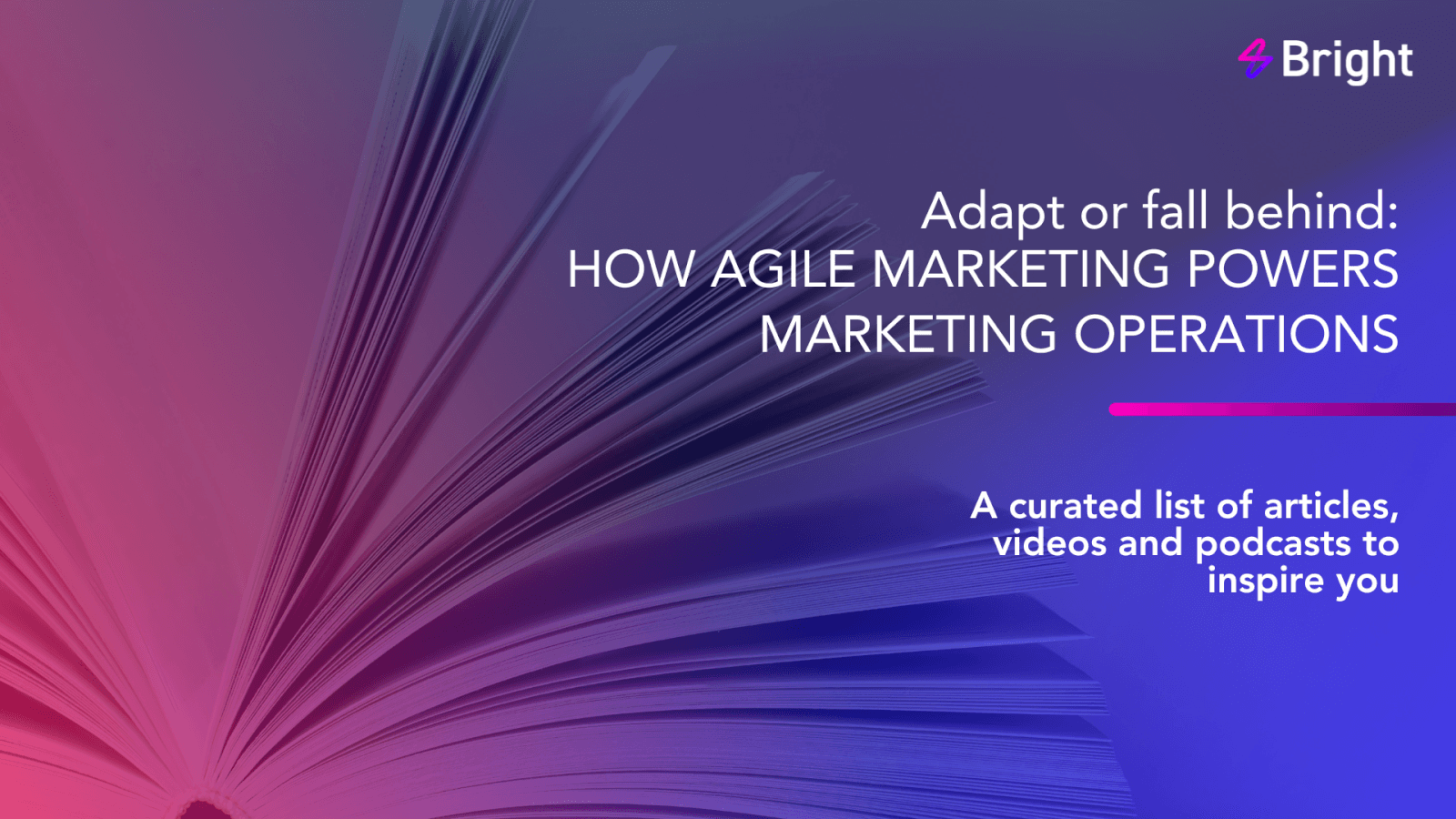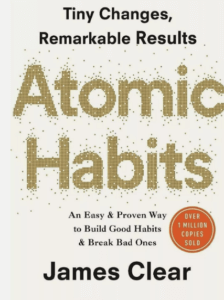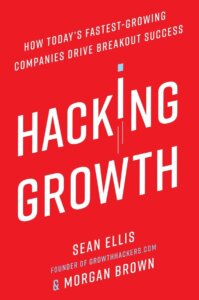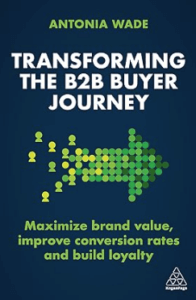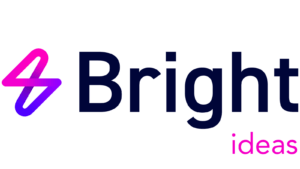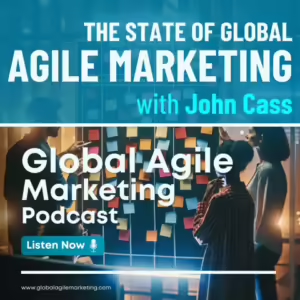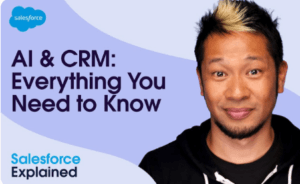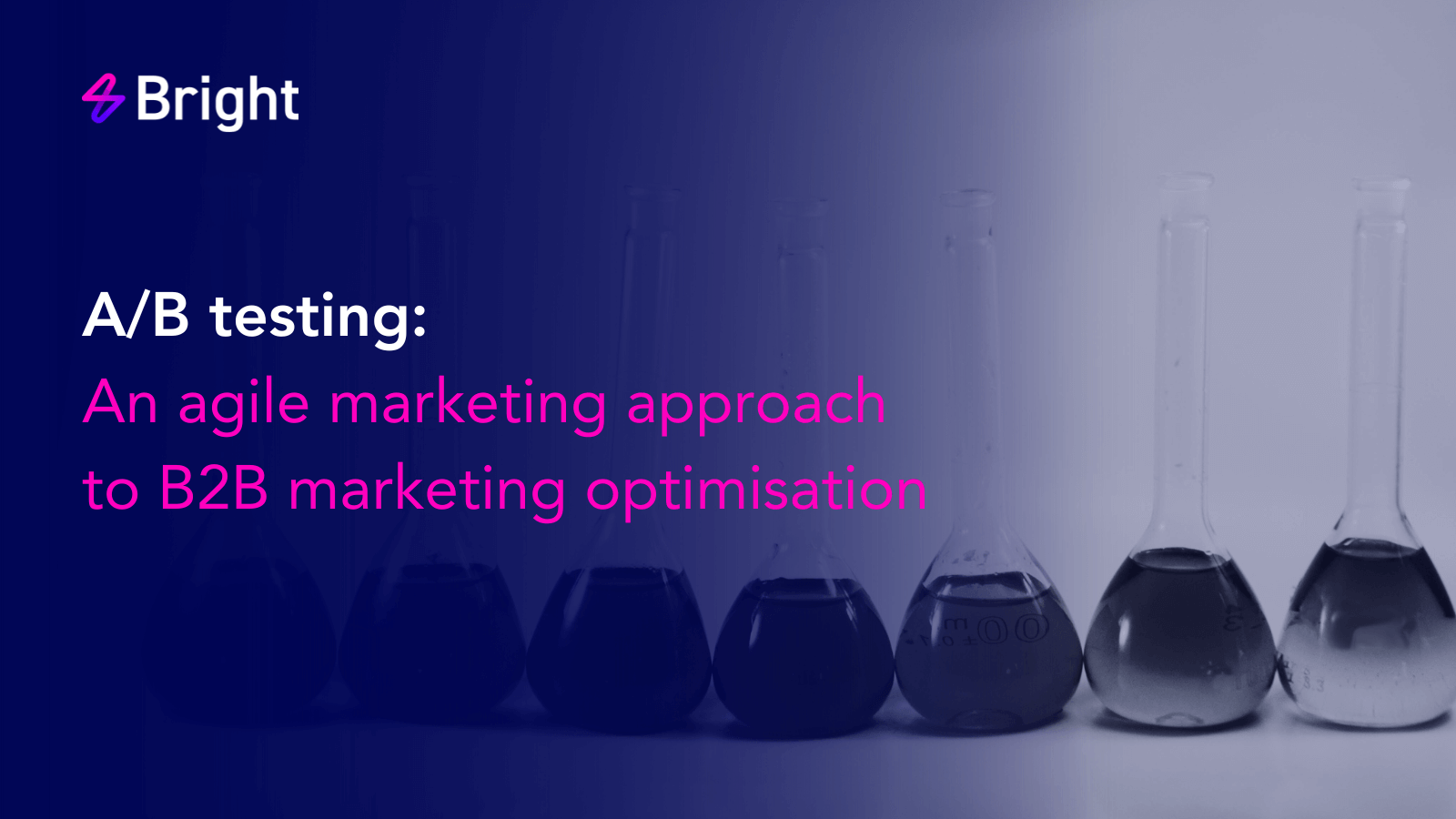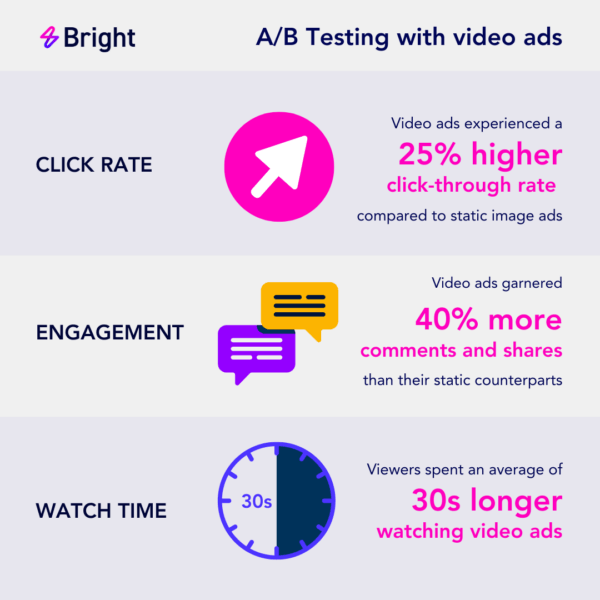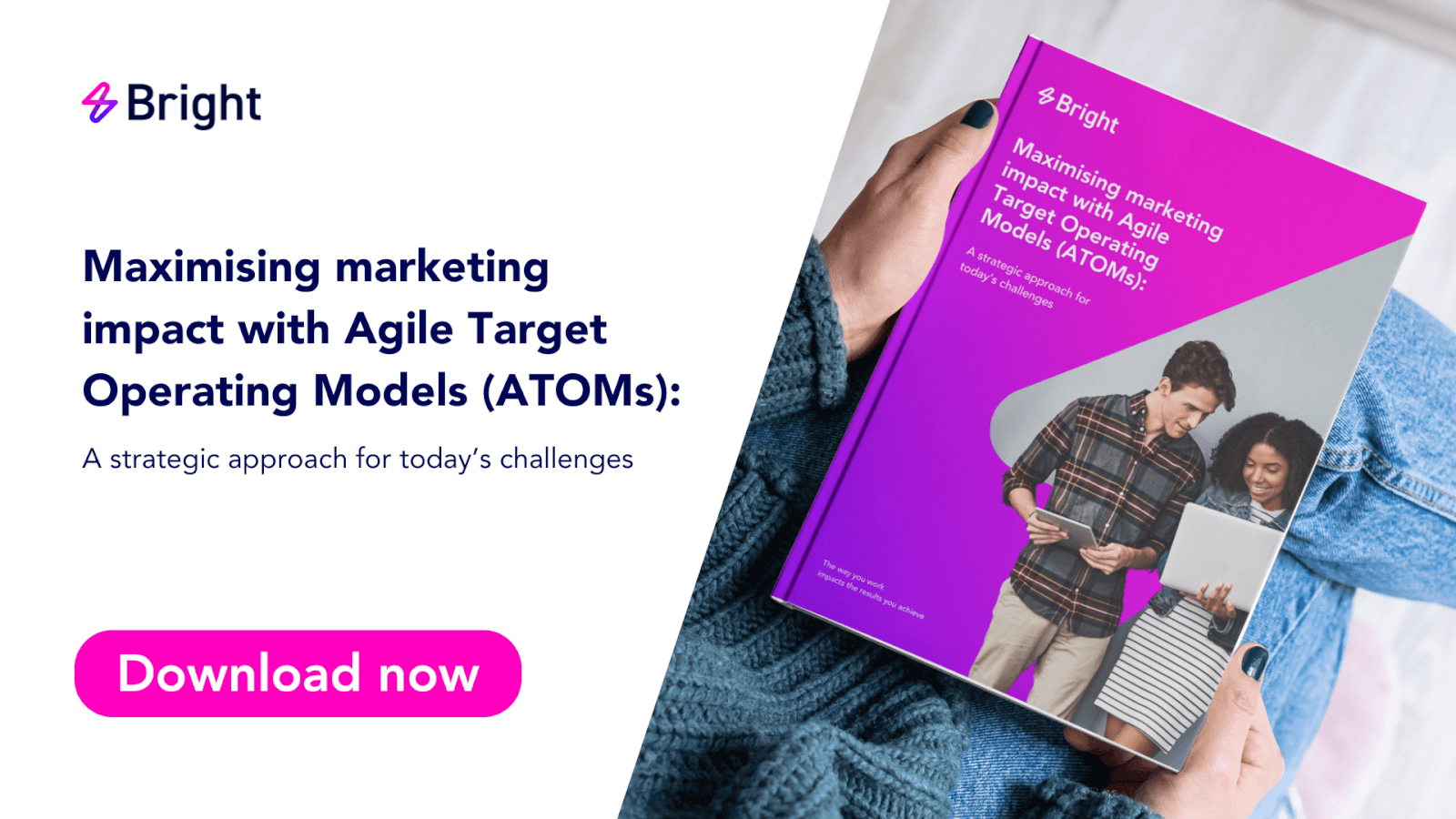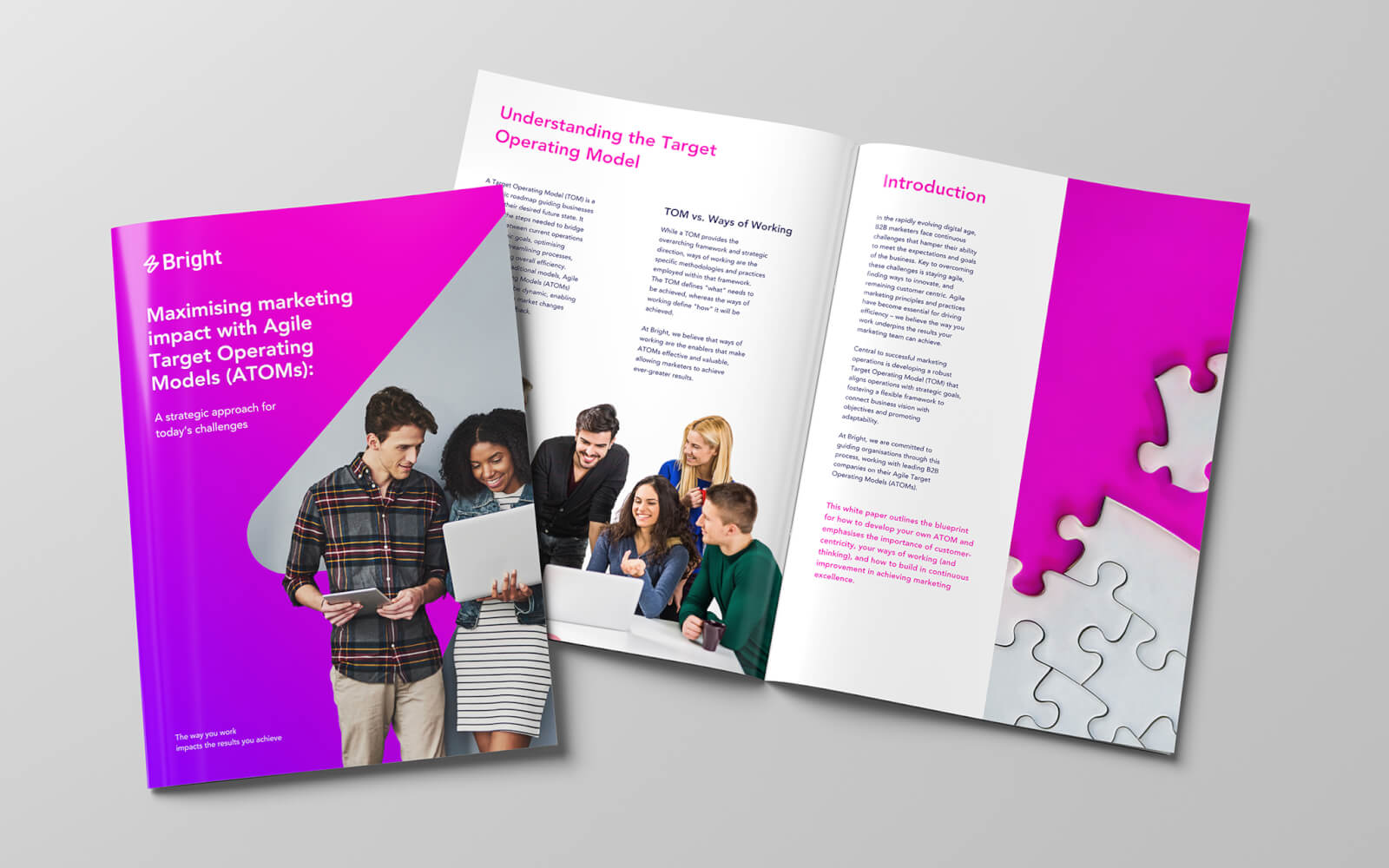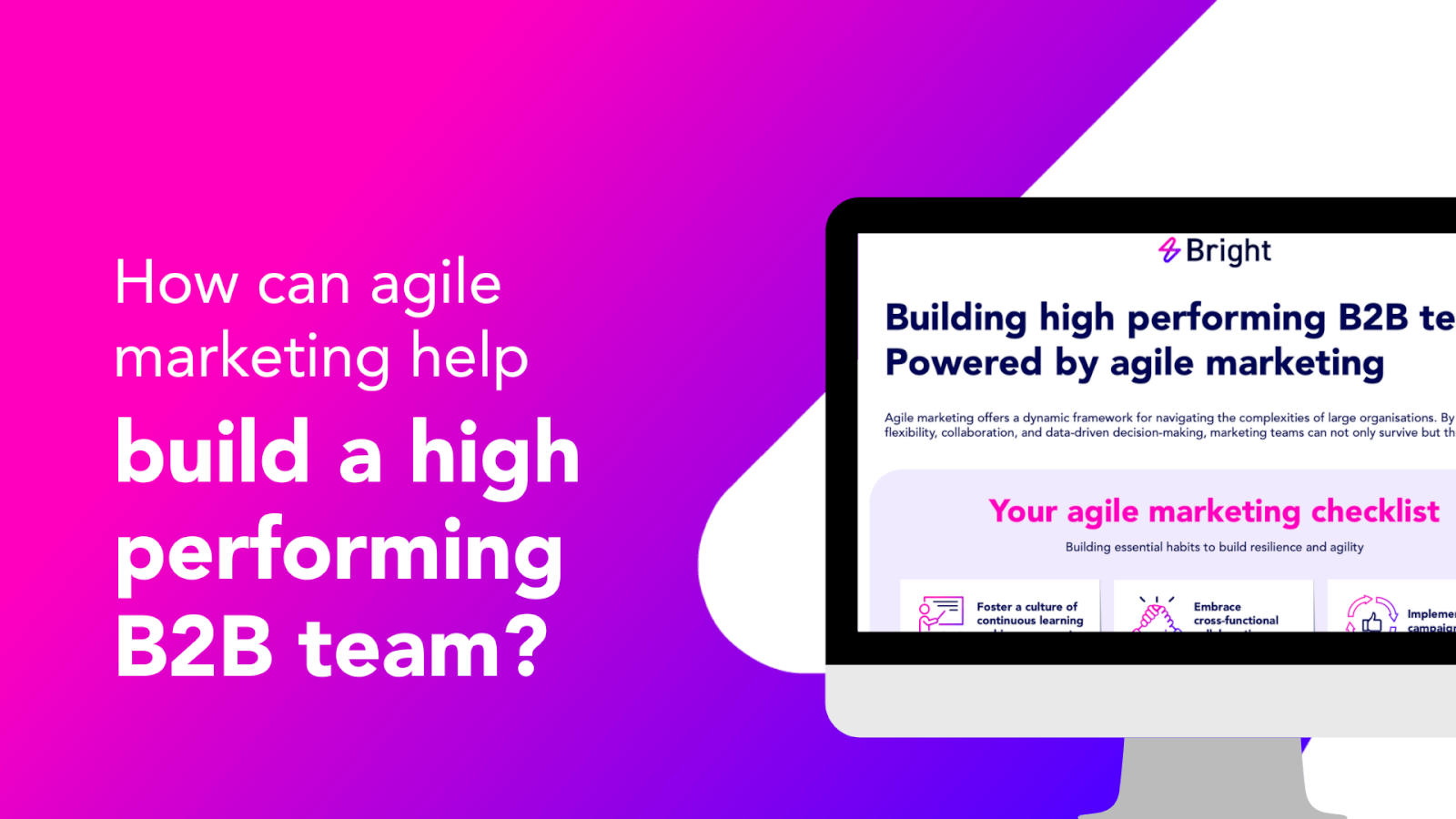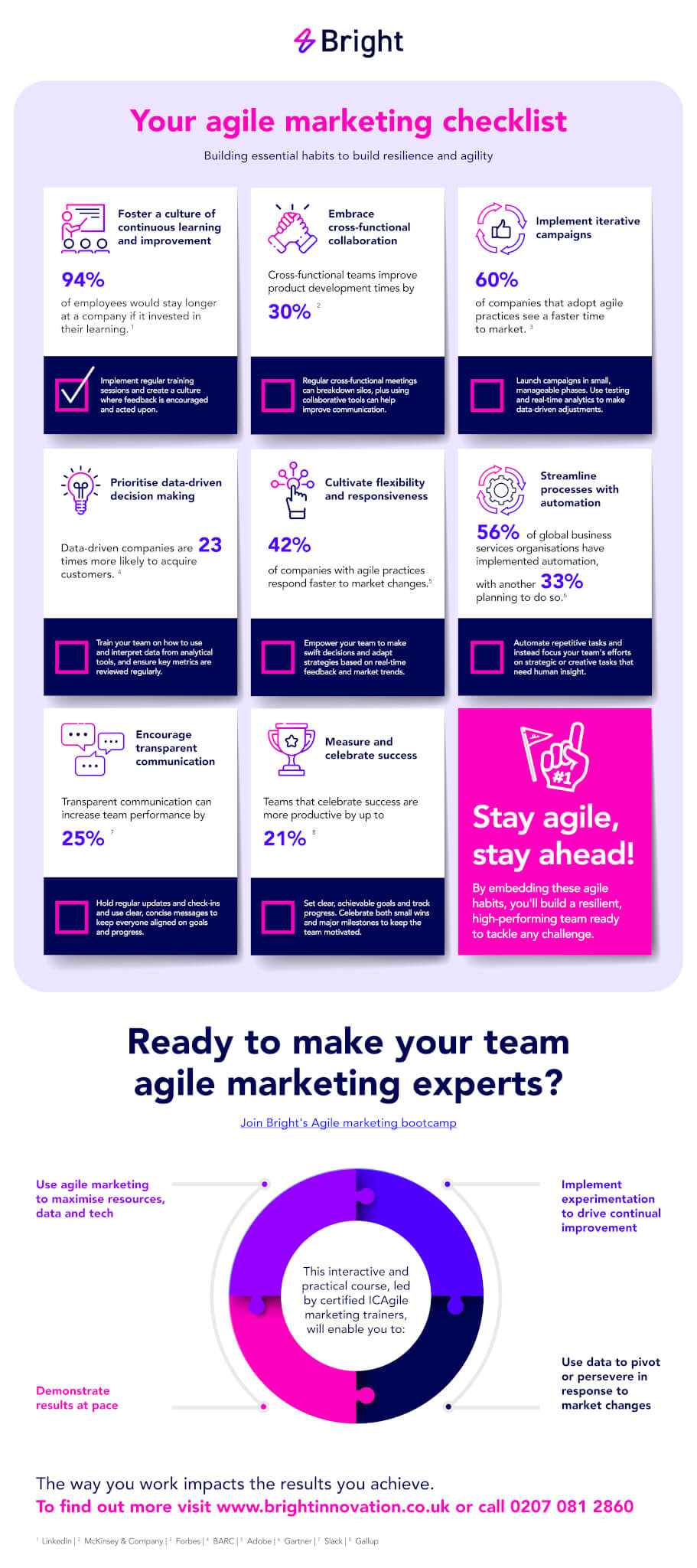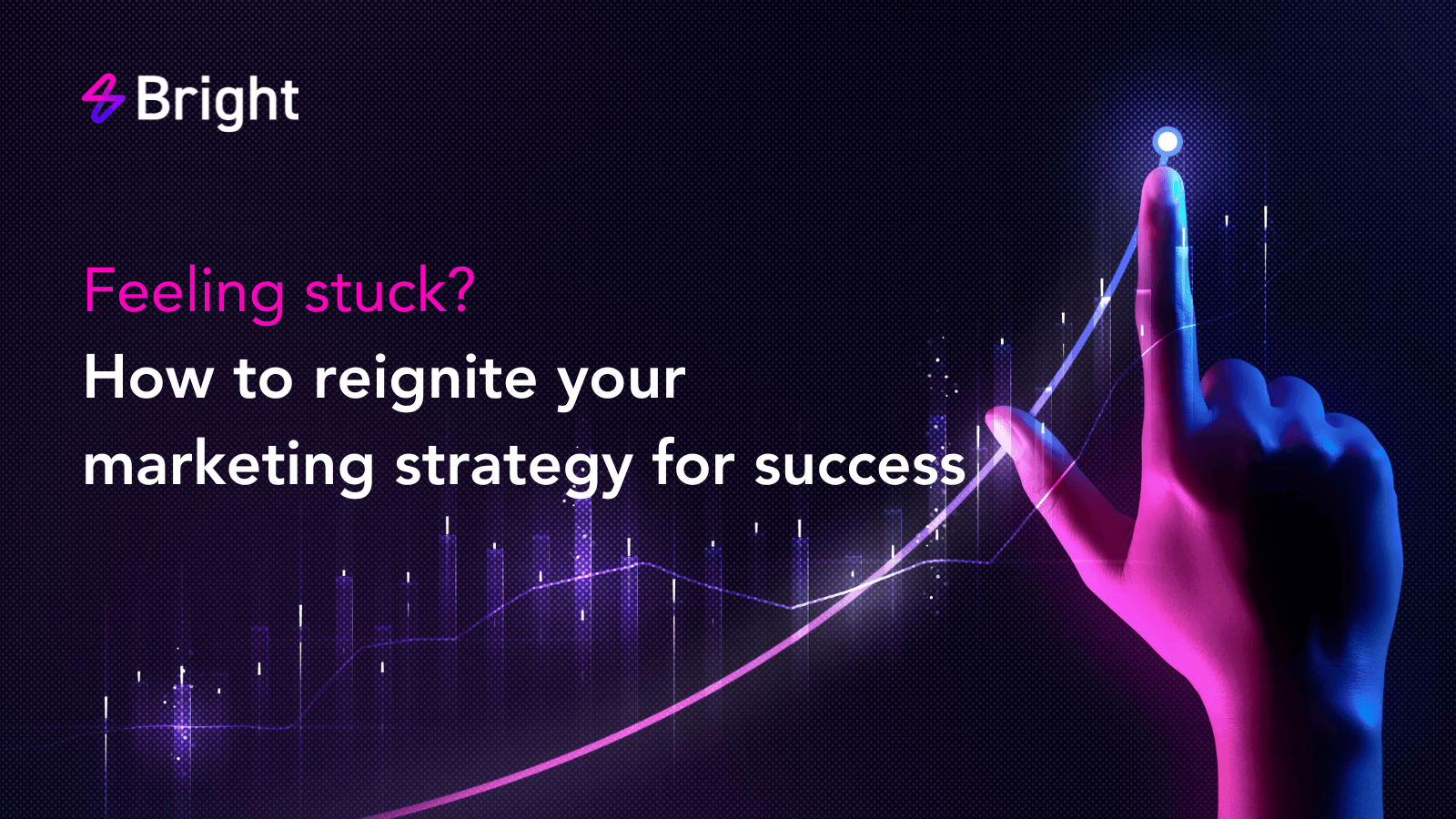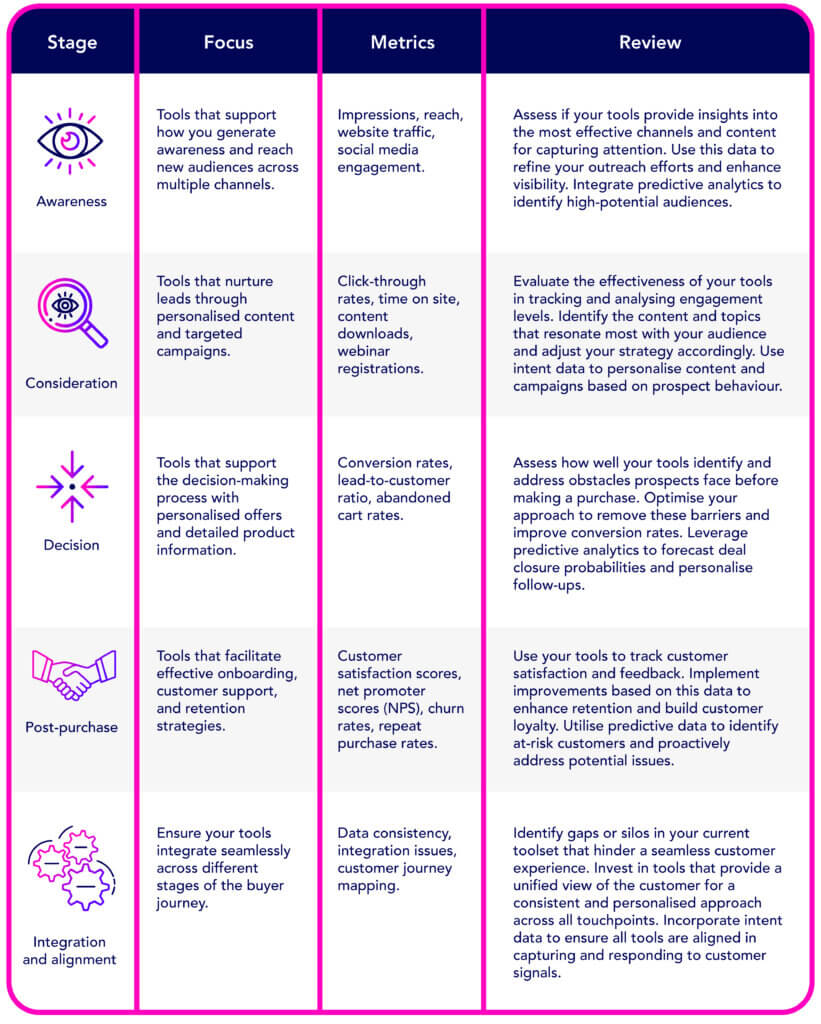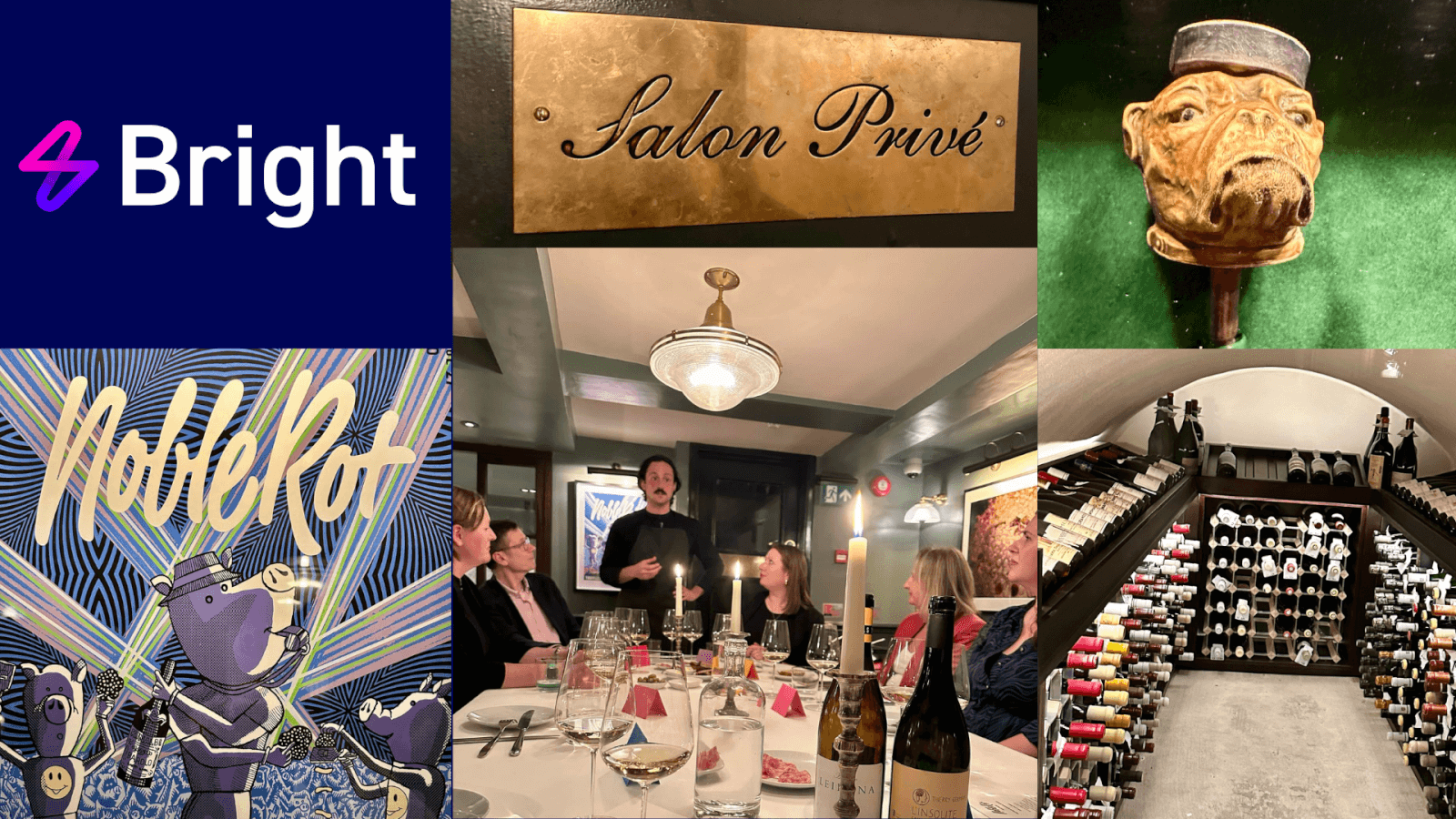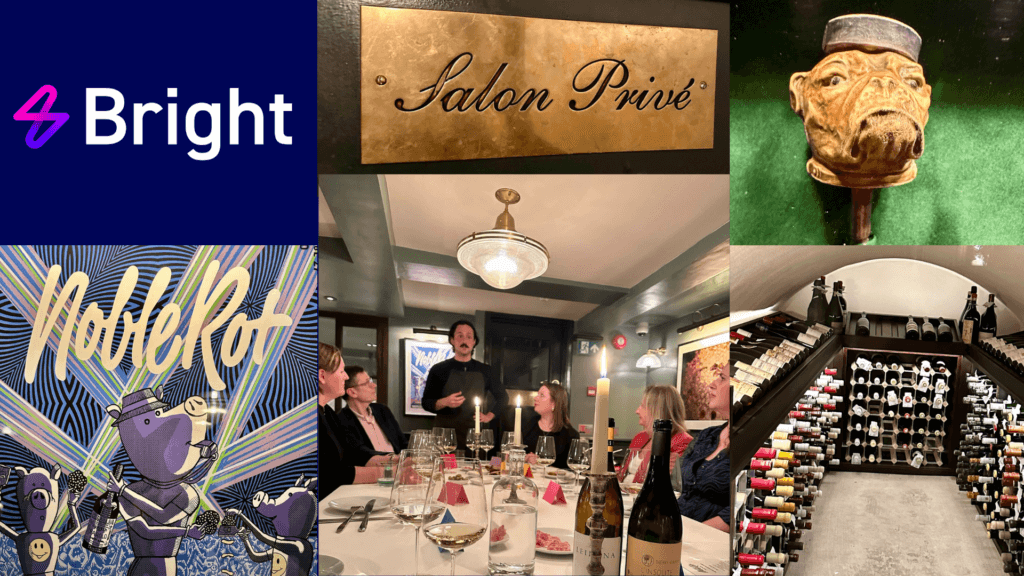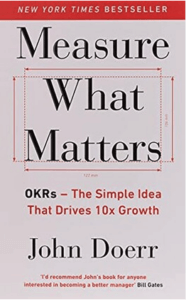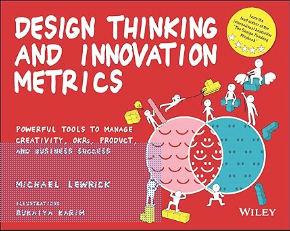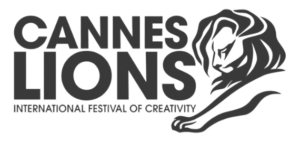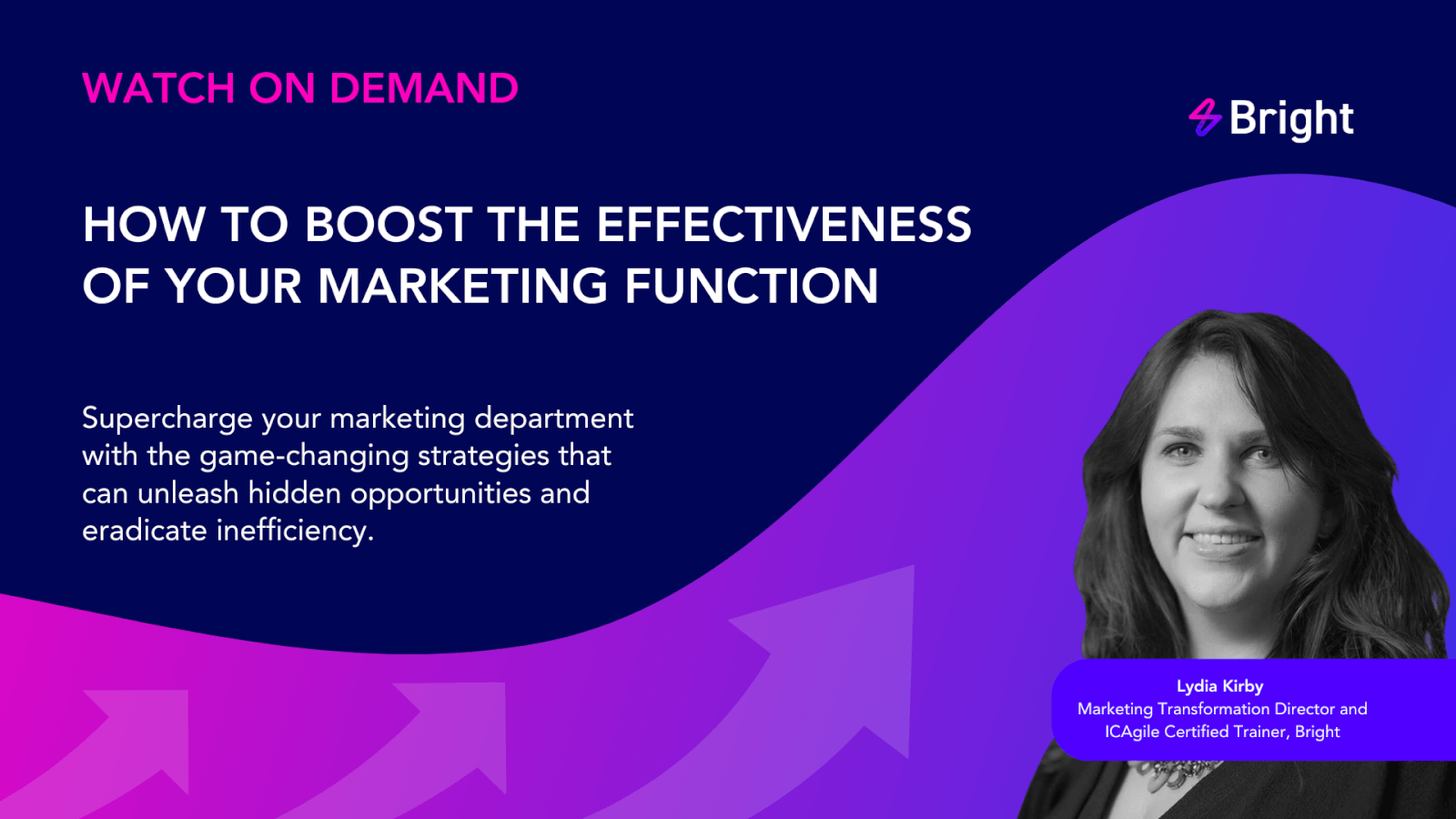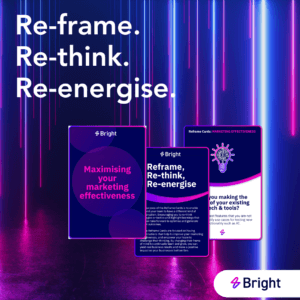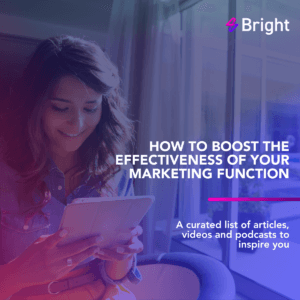Markets shift. Budgets tighten. Stakeholder expectations change overnight. And just when you think you’ve nailed your strategy, something new disrupts your plan. Sound familiar?
For B2B senior marketing leaders with good sized teams, the challenge isn’t just about keeping up; it’s about staying ahead. The ability to pivot quickly, effectively, and with minimal waste is no longer a nice-to-have—it’s a commercial imperative. And that’s where agile marketing skills make all the difference.
Why traditional marketing models fail under pressure
The problem with traditional marketing approaches is that they rely on long-term planning, rigid execution, and an often-siloed structure. That’s fine when the world is predictable. But in today’s climate? Not so much. When a competitor makes an unexpected move, a customer need shifts, or a campaign underperforms, legacy processes don’t allow for quick shifts without major disruption.
Agile marketing: your built-in pivot system
Agile marketing flips the script. It’s not about having a set plan and sticking to it no matter what. It’s about creating a framework that allows your team to move fast, test ideas, and adapt based on data and insights.
Here’s how agile marketing enables your team to pivot effectively and efficiently:
- Sprints keep the team focused and adaptable – Instead of rigid annual plans, agile teams work in short cycles (sprints) with clear goals. If a market shift happens mid-sprint, you assess, adjust, and course-correct without derailing everything.
- Data-driven decision-making – No more ‘gut feel’ marketing. Agile marketing prioritises experimentation, with continuous A/B testing, real-time performance tracking, and data-informed tweaks that help teams respond to what’s actually working (or not).
- Collaboration breaks down silos – When cross-functional teams work together in agile marketing hubs, communication improves, and pivots happen smoothly. No waiting for a ‘sign-off process’ that takes weeks. The right people are in the room, making decisions in real-time.
- Fail fast, learn faster – One of the biggest mindset shifts with agile marketing is that failure isn’t the enemy—stagnation is. By rapidly testing small-scale experiments, teams get insights quickly, double down on what works, and ditch what doesn’t before major budget is wasted.
- Flexibility without chaos – Some worry that agility equals disorder. In reality, agile marketing operates within a structured framework of prioritisation, backlog refinement, and sprint planning. This means you can pivot without panic and adapt without losing sight of business goals.
The commercial impact of agility
For senior marketers leading teams in complex B2B organisations, agile marketing isn’t just about ‘working differently’—it’s about delivering better business outcomes. When done right, it results in:
- Faster go-to-market – Marketing teams get campaigns out the door in weeks, not months.
- Higher ROI – More frequent testing means budget is spent where it has the most impact.
- Stronger alignment with sales & product teams – Agile structures foster collaboration between marketing, sales, and product, ensuring alignment on commercial priorities.
- Increased team engagement – Marketers feel empowered and energised, with clearer visibility of impact.
Are you ready to pivot?
If your team still operates with lengthy campaign cycles, rigid plans, and a fear of failure, it’s time to rethink your approach. Agile marketing gives you the tools to navigate uncertainty with confidence—and drive better results while doing it.
So, how agile is your marketing team right now? Are you set up to pivot, or are you stuck in a structure that slows you down? Let’s discuss how to make marketing agility your competitive advantage.
